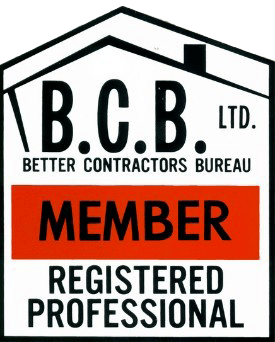Dirt is your furnace’s worst enemy. It can lower the efficiency of your heating unit and even lead to a broken furnace, if allowed to collect long enough. Keeping your furnace clean, however, can keep your furnace in good, working order and help reduce the cost of your heating bills during the winter. However, if you have never cleaned a furnace, you may be concerned about doing something incorrectly. These DIY furnace cleaning tips will help you learn where, when, and how to clean your furnace so it can continue to function at its best.
Changing Your Filter
The filter of your furnace is designed to collect the majority of the dirt and dust particles trying to go in and come out of your heating unit, so it is important to change your filter regularly. Before starting your heating unit up in the winter, put a new filter in your heating unit. While your heater is in use, the filter should be changed at least once a month.
In some cases, the filter may need to be changed more frequently. Ineffective heating is often the telltale sign that your heating unit needs a new filter. To check the filter, hold the filter up to a light. If you see any signs of clogging, replace the filter, even if you recently changed it. Remember, when you change your filter out, you will need a filter that is the exact same type and size as the one you took out.
Cleaning the Blower Assembly, Belts, and Pulleys
Some blower types can easily become clogged with dirt, and because of this, the inside of your unit should be cleaned before the start of the heating season as well. To clean it, remove the panel that covers the filter. In may be held in place by either slip-fit on hooks or by a series of retaining screws. Disconnect the power cord to the fan assembly if you cannot slide the fan unit all of the way out. Use a toothbrush to clean each blade and the spaces in between each blade. Then use a vacuum hose to remove any loosened debris from the blades. Vacuum all belts and pulleys. Wipe down the motor’s housing unit to prevent any heat build-up within the motor.
If all of the above tips seem overwhelming, give us a call and we’ll get the job done for you!




